Personalizing PE
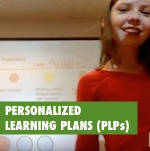 In this era of personalized learning, it’s not just the jocks that find P.E. enjoyable.
In this era of personalized learning, it’s not just the jocks that find P.E. enjoyable.
At Crossett Brook Middle School and Shelburne Community School, students employ cool technology, develop creative projects, and pursue personal interests and goals while developing autonomy, healthy habits, and deep understandings.
Welcome to Phys ed. 2.0.
Justifiably or not, middle school #physed holds an iconic place in our collective imagination as a source of anguish.
When I was a kid there were lots of reasons to loathe P.E. class. You weren’t into physical competition. You were going through a physically awkward stage. Your gym teacher was scary or weird. You suffered a freak injury. Other kids were mean. Other kids were smelly. And let’s not even think about the locker room scene.
Let’s look at two innovations employed at both schools, that parallel two aspects of personalized learning:
- Using heart-rate monitors to individualize the curriculum and allow students to self-pace, and
- Focusing on personalized projects to put student interests at the center.
Both approaches appear to increase engagement and up the ante on learning.
1. Self-pacing with heart rate monitors
Depending on the subject matter, self-pacing doesn’t always work. In many cases learning does not proceed in a predetermined linear fashion, requires the expertise of a teacher, or benefits greatly from a collaborative element.
But here we are literally talking about pacing. At both Shelburne and Crossett Brook, students have the opportunity to use heart rate monitors to pace themselves.
Check out this amazing explanatory video from Kristin Lora from Crossett Brook.

Start with the tech
Heart rate monitors for teaching fitness may be one of the rare instances where technology actually drives educational transformation.
At both Crossett Brook and Shelburne, students used wrist-mounted monitors to see instantaneous feedback on their heart rate. (Crossett Brook used Polar and Shelburne used Adidas.)
This was a game changer.
Students focused on their body and their own exercises as they tried to keep their heart rate in a target zone for as long as possible. Some students needed to walk and some needed to sprint. Experience didn’t matter. Athleticism was irrelevant. No team sport awkwardness.
And students loved it.
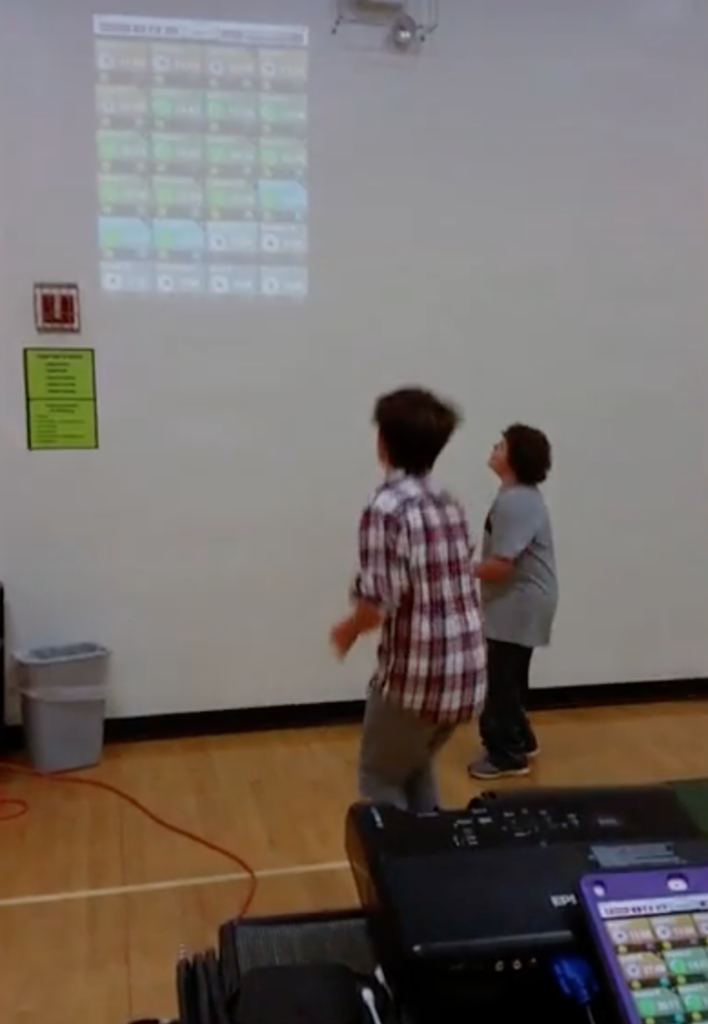
Student engagement
At Shelburne, students set personal goals and then used monitors and the data as evidence to track progress.
At the end of the unit, each student created an interval based work out routine that incorporated the four components of fitness from the national physical education standards. Students led each other through their routines and used heart rate data to evaluate success.
At Crossett Brook, Lora used the heart rate monitors to gamify #physed. The PolarFit app awarded badges based on the proportion of time that heart rates were in the target zone. Students were able to choose between several different stations throughout the class period.
Lora often projected the teacher dashboard on the wall during class so that students could see how they were doing relative to their peers. Lora also kept a tally sheet on poster paper to publicly track badges over the course of the unit.
Some students got into the competition. Other students enjoyed competing against themselves and trying to improve. In either case, students reported that the badging was motivating. As one student observed, “because it was so engaging and because I tried so hard, I definitely got more exercise than regular gym class.”
Enter the standards
Personalized learning through self-pacing is a particularly good fit for learning and practicing procedural skills — math computation, for example. In this case, students were learning strategies for healthy exercise and directly applying them with the benefit of instantaneous feedback.
Yet self-pacing also allows students to practice the deeper skill of self-direction. Students experience a special kind of autonomy when the goals are so clear (target heart-rate zone) and the formative feedback is immediate and actionable.
In both schools, students were assessed using learning scales and transferable habits of work. Check out the summative assessment in Lora’s class where students drew upon their data to justify their proficiency.
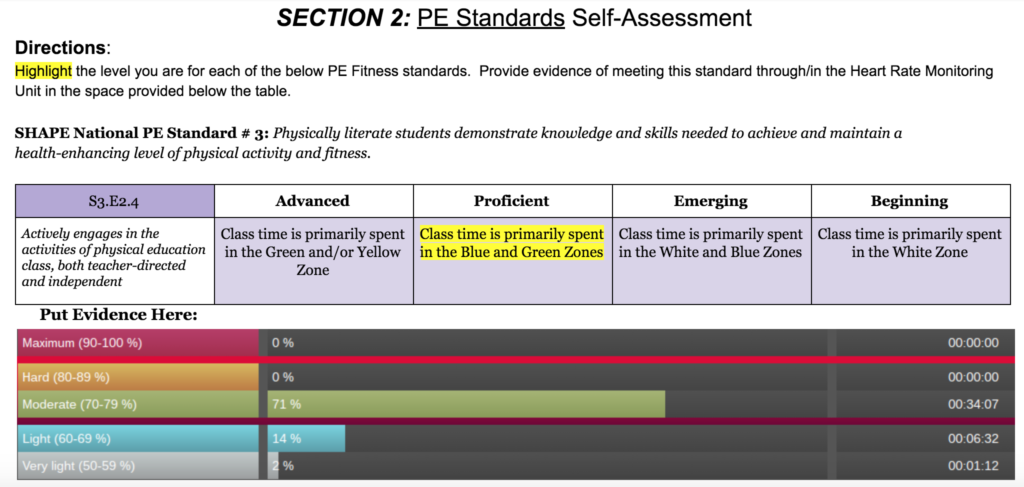
The process of cultivating evidence of growth and learning in relation to proficiency scales is something that Vermont students will need to do to graduate from high school.
Though rarely will they be able to apply the process in such an active, tech-enabled, and empowering environment as they did when using the heart rate monitors.
Personalized projects
Another major thread within the personalization movement views student interest as the driver of curriculum development. One common way to do this is through individualized projects.
Students at both of these schools have the opportunity to set goals and develop their own projects. Students pursue anything that they can justify, from skateboard tricks to creating a new sport.
This video was created by Kelly Spreen from Shelburne Community School to give a flavor of their personalized P.E. projects.
4 important components for personalized P.E. projects:
1. Class structure
In both cases, the personalized projects were done within a co-taught environment to allow more favorable teacher-student ratios and more individualized attention. At Crossett Brook it involved two P.E. teachers and at Shelburne it was a P.E. teacher and a special educator.
The timing is less important. While Shelburne integrated the approach into a typical P.E. course, at Crossett Brook it was done during a 30 minute intervention block.
2. Goal-setting support
The first few weeks are the most crucial. “This is the time when all of the work takes place for teachers,” observed Dan Gratton from Crossett Brook. “We work with students to make sure the project is right for them and for our space.”
At Crossett Brook, students filled out a SMART goal template, checked in with a peer, and then submitted it via Google Classroom. One of the teachers conferenced with the student and gave approval before the project officially launched.
At Shelburne the first several weeks of the unit involved exploration. Students filled out a kick-off survey listing three areas that they wanted to explore and teachers asked them to spend two class periods on each area before committing to anything.
Then students created a detailed goal in one of the areas and created a plan. See a sample here.
3. Reflection and assessment
At Crossett Brook, students self-assessed on their engagement and focus at the end of every class by filling out a Google Form. Teachers also took notes and periodically provided feedback to students about how they could improve. At the end of the course students take a self-assessment about their goal-setting and self-direction.
Shelburne had a similar assessment strategy with students scored on participation and personal wellness.
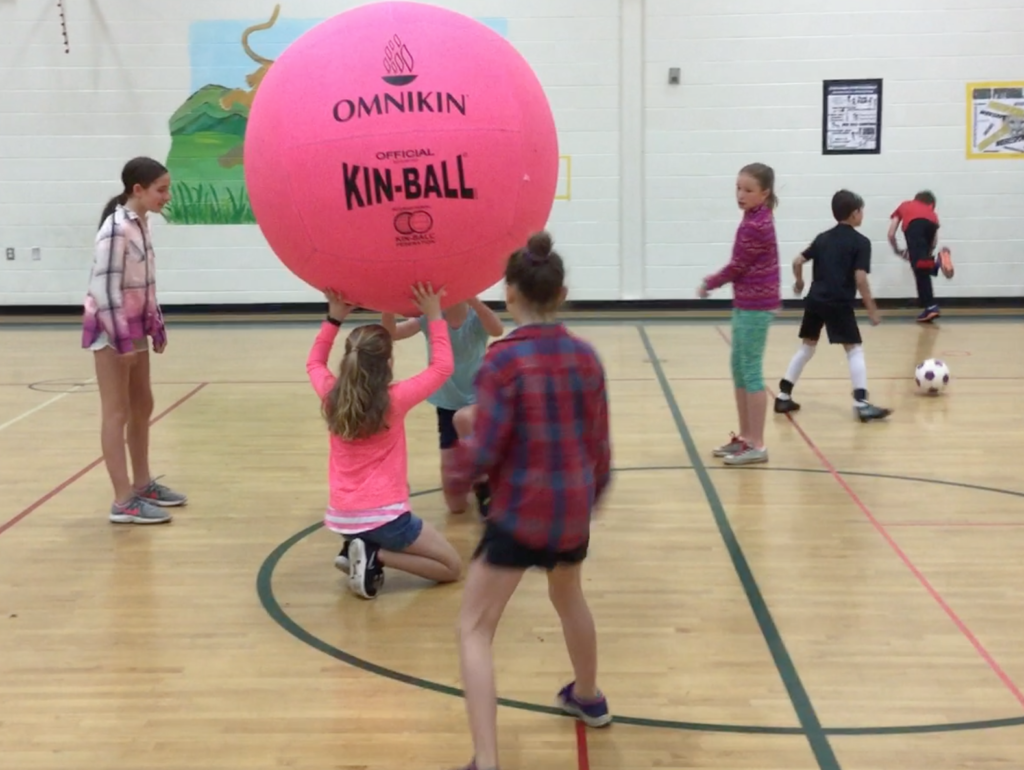
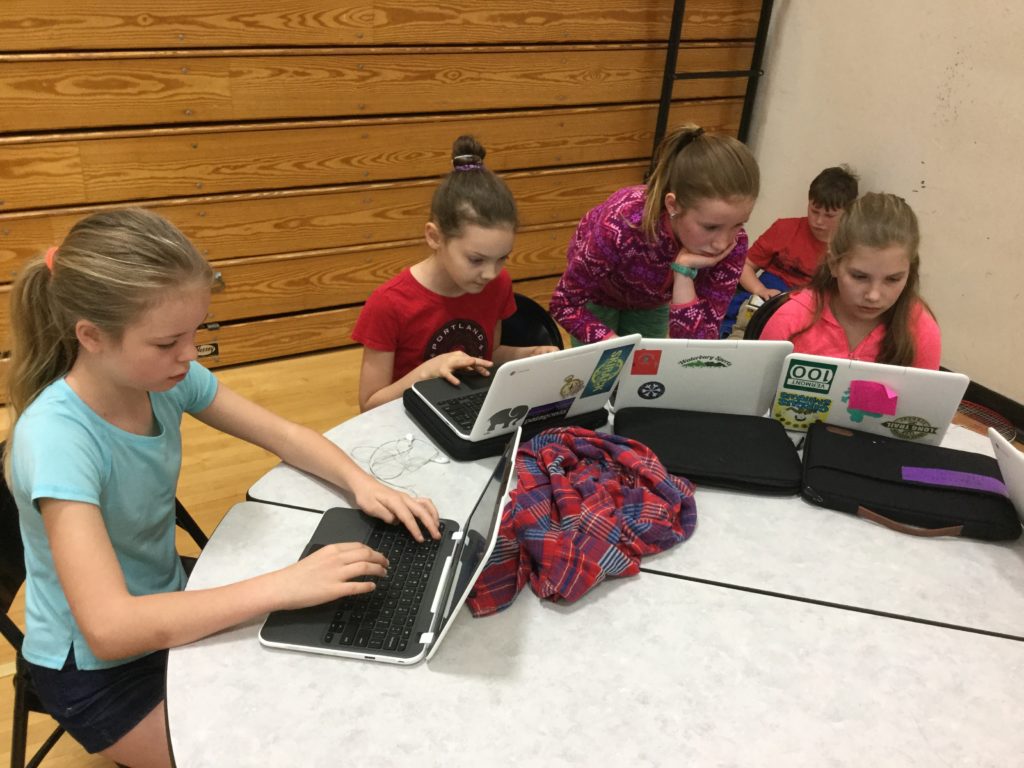
4. Increased engagement
Kelly Spreen and Lauren Goracy from Shelburne conducted action research on their personalized projects and found that student engagement appeared to increase. I interviewed a dozen students from Crossett Brook and they agreed that personalized projects were a powerful strategy in gym.
As one student put it, “I can work on what I like with who I want. It’s more fun and I learn more because I need to figure out where to focus and how to measure my progress.”
When asked whether other P.E. teachers should consider this approach, Spreen said:
What are you waiting for! Personal choice and personalized learning has completely changed the culture of middle school P.E. at our school. At any given time you can look around and see full engagement and this is something that would not happen during a traditional full class game setting.
Dan from Crossett Brook noted benefits for certain students especially:
For those kids who struggle in a regular P.E. class for whatever reason, a lot of times they do better here because they get more say in what they are doing. It’s not so much of a competitive type environment.
And Lora added:
Self-esteem wise they are not put out on display … They may not feel great about their skill level or, you know, puberty, they may not feel comfortable in their own body. So here they are like ‘I’m doing my own thing, I have my own space.’ They are more likely to take challenges and risks.
All of the teachers agreed that there is still a place for more teacher-directed P.E. instruction. It seems that combining approaches may be the best route. If done thoughtfully, a balanced approach may provide the potential that every student has a positive experience with P.E. and comes away with lifelong skills and motivation.
By working hard to personalize learning, these schools are striving to make sure that students are empowered in P.E., throughout their school day, and ultimately, in life.
How will you personalize P.E. for your students?
Editor’s note: This article originally referred to #physed as “gym class”. We received feedback from a number of #physed teachers about the preference for “P.E.” or “phys ed” as terminology, and have updated the article accordingly.


